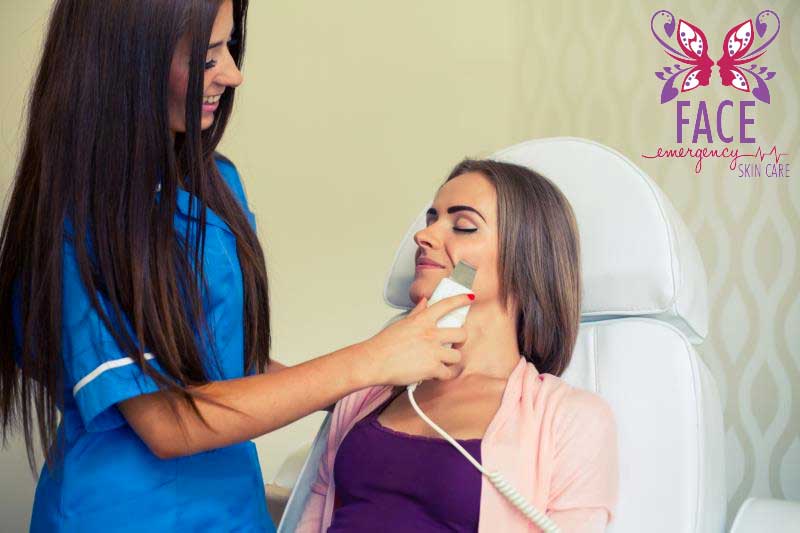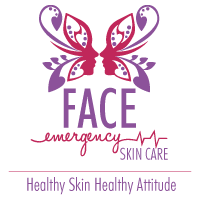Facial Treatments For Scar Reduction

The formation of a scar is a natural healing process after an injury or wound. Depending on the type of skin you have, how an injury heals can vary accordingly. When it comes to facial scars, the common cause is often acne, which can leave pockmarks. As your face is exposed to the elements all day, using makeup to cover scars just doesn’t cut it, and seeing as your face is generally the most exposed part of your body, facial scarring can leave you feeling self-conscious and uncomfortable. Scar reduction treatments are the perfect way to reduce the signs of facial scars, and the treatments tend to range in efficacy and severity. However it’s worth bearing in mind that no treatment can guarantee a 100% scar reduction rate.
There are a number of factors that affect how a scar forms on your face, like the color, type and thickness of your skin, as well as your age. When it comes to acne scarring, there are various types of scars that can form, depending on the severity of the acne. A common type of scar is a boxcar scar, which can occur after a severe acne breakout and subsequent inflammation, which damages the collagen in the skin. When it comes to scar reduction treatments, it’s always best to consult with a professional prior to the treatment, as they can determine the type of skin you have and the best method to treat it.
The common types of treatments for facial scars include
-
Dermabrasion
One of the most effective and popular methods for treating facial scars, dermabrasion or microdermabrasion is performed by a dermatologist. The process involves using a wire brush or wheel to exfoliate the top layer of the skin. The treatment usually results in a high reduction of visible scars.
-
Chemical peels
Chemical peels contain mild acids that are applied to the skin to exfoliate the upper layer of skin, removing any dead skin, and it should be noted, live skin too. Depending on which level of chemical peel you go for, the results can vary. Chemical peels can leave you susceptible to sun damage and are generally not recommended for those with sensitive skin.
The volume of acids in the treatment determines the effectiveness and severity of a chemical peel. A superficial peel is usually used for minor scars and discoloration and heals quicker than alternative peels. A medium peel is used for discoloration, and often used for anti-aging treatments. A deep peel is the most common type for scars, as it gets deeper into the skin however this treatment is very severe on skin.
-
Laser resurfacing
Laser resurfacing uses high-powered laser beams to remove the top layer of skin. There are two types- erbium and carbon dioxide laser resurfacing. Erbium is the safest method for the face, however carbon dioxide is the most effective for treating scars. The recovery time for this process varies.
Prevention methods for facial scarring
While there are no preventative methods that can 100% guarantee that you won’t be affected by facial scarring, there are a number of things you can do to reduce the signs of scarring.
These include:
- Wearing sunscreen on your face everyday. This can help prevent scars from changing and/or growing in shape or darkening in color.
- Consulting a dermatologist at the earliest possible stage that acne or severe breakouts occur. If the cause can be determined, such as dietary changes, stress-related breakouts or something else, the chance of scarring can be greatly reduced by getting the appropriate medication.
- Avoiding picking at your skin. This can make facial scars worse especially if you have sensitive skin. Facials and regular enzyme peels are a good way to get rid of dead skin that may be clogging up your pores and leading to breakouts.
